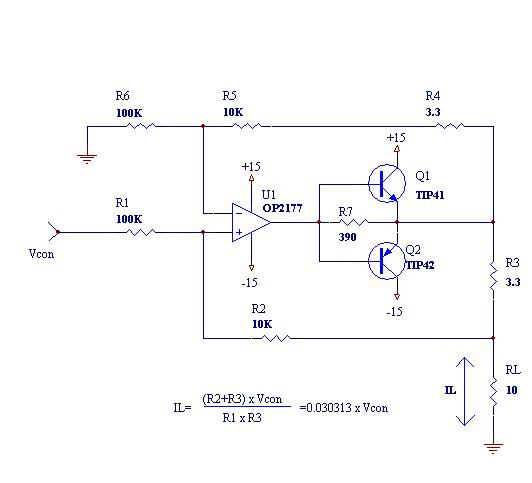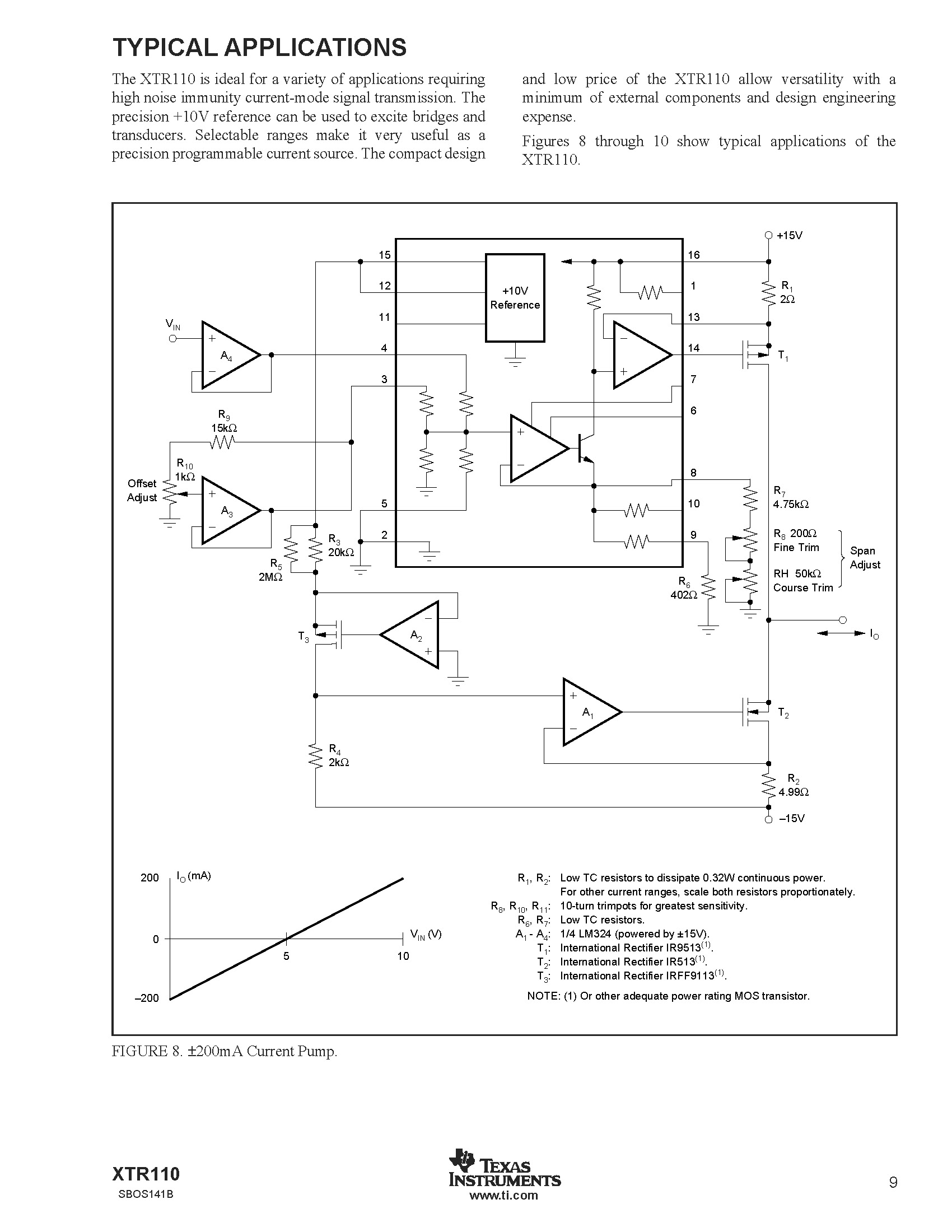Mehdi1357
Member level 2
variable current source
Hi
I'm going to design a precision bidirectional current source that it's current should be variable by a control voltage (I use a 24bit digital to analogue converter to do this).my load resistance is 10 Ohms and current source should be capable to sink and source a variable current between -300 to +300 mA through it.
I searched in many sites and many application notes but I have found a little information about that and I think they are very poor.
I want to know,is there a strong and practical idea to do that (Design with Op amp or an integrated circuit is better for me). While I know , maybe a current booster should be placed at the last stage (or output of op amp ) of current source.
:?:
Hi
I'm going to design a precision bidirectional current source that it's current should be variable by a control voltage (I use a 24bit digital to analogue converter to do this).my load resistance is 10 Ohms and current source should be capable to sink and source a variable current between -300 to +300 mA through it.
I searched in many sites and many application notes but I have found a little information about that and I think they are very poor.
I want to know,is there a strong and practical idea to do that (Design with Op amp or an integrated circuit is better for me). While I know , maybe a current booster should be placed at the last stage (or output of op amp ) of current source.
:?:

